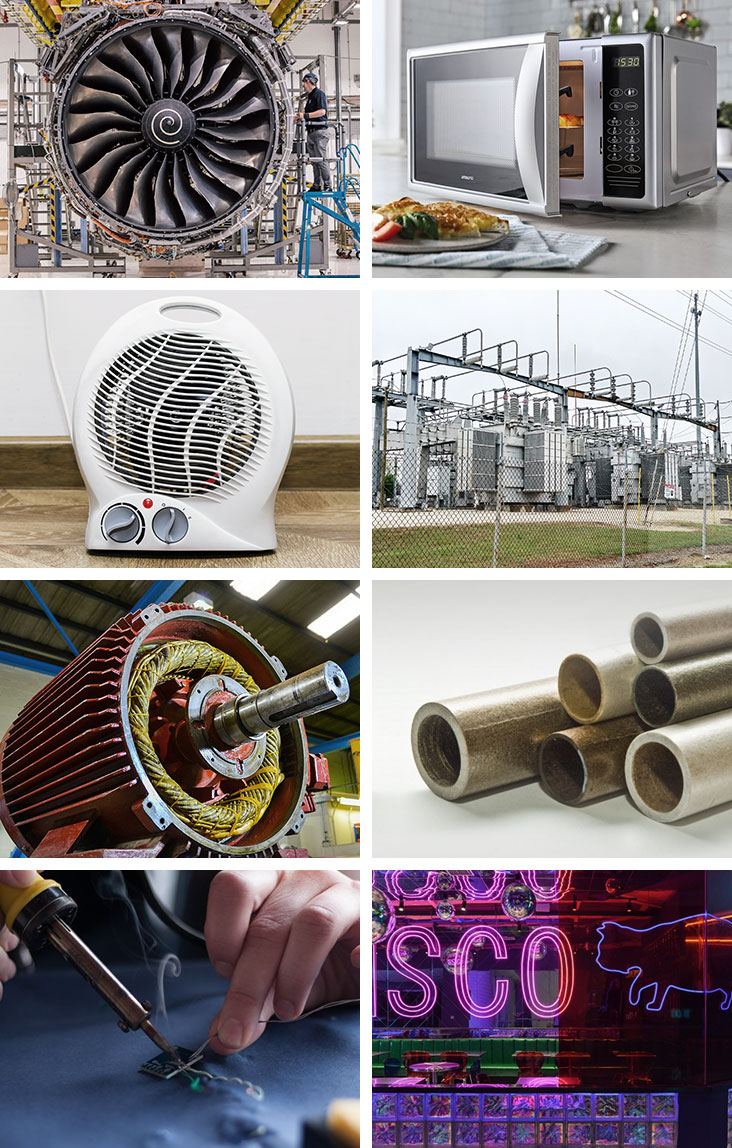Menu
×Mica Products
Pipes & Fittings
- Column Pipe
- UPVC Pipes & Fittings
- SWR Pipes & Fittings
- Casing Pipes
- Agri Pipes & Fittings
- PVC Conduit Pipe
- Water Tanks
- Garden Pipe
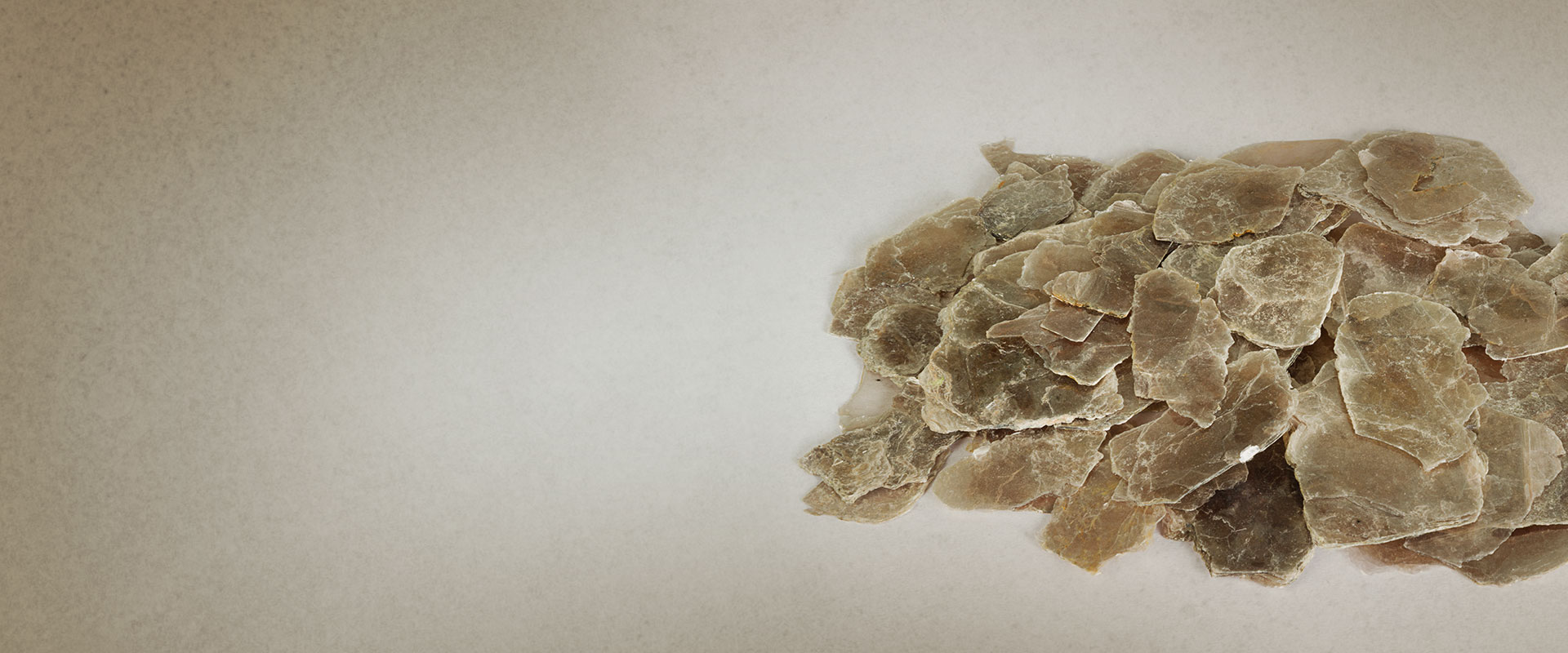
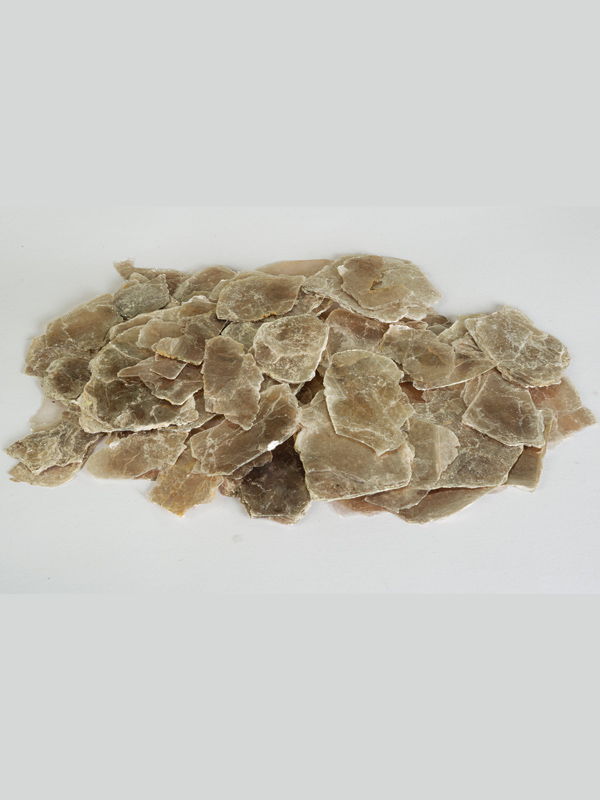
Mica is a unique material with a versatile nature. Mica's most remarkable property is high heat resistance ("C" Insulation Classification) for which no limit has been fixed, making it highly suitable for use in insulation applications. Mica has a high dielectric strength, able to withstand up to 2000 kV/mm and high electric resistivity, cementing it as a superior dielectric in a capacitor. Mica is also very stable and completely inert to the action of water, acids, alkalies, oil and solvents.
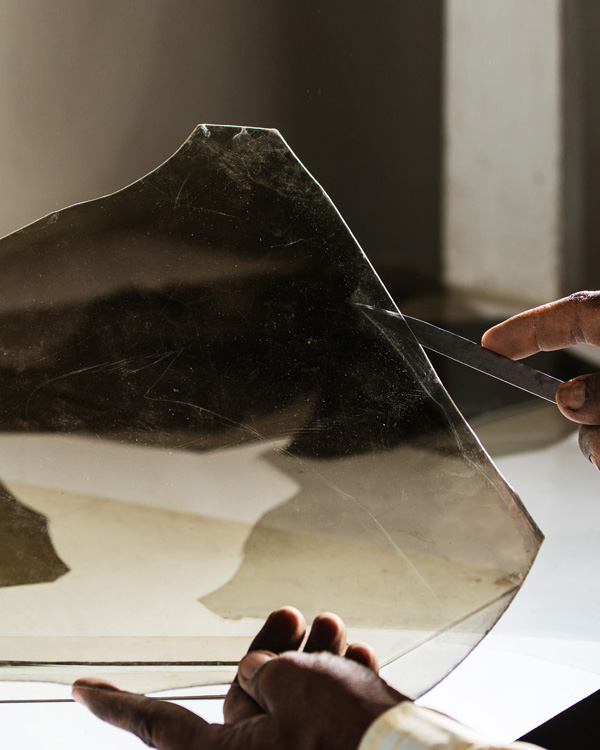
Mica is defined in the dictionary as, "A class of silicates, have a prismatic angle of 120 degrees, eminently perfect basal cleavage, affording thin, tough laminate of scales, colorless to jet black, transparent to translucent, of widely varying chemical composition, and crystallizing in the monoclinic system."
Chemically, Mica a complex group of silicates of aluminum containing traces of several other elements, such as potassium and hydrogen, magnesium, iron, sodium, fluorine and / or lithium. Mica is very stable and completely inert to the action of water, acids, alkalis, oil and solvents. Mica is also virtually unaffected by atmospheric acid and chemicals.
Physically Mica is thin, transparent, pure and can be split into very thin film along its cleavage. These colorless thin sheets resilient, resonant and incompressible.
Electrically, Mica is fire proof and has the unique combination of high dielectric strength, endurance, uniform dielectric constant, low dielectric loss (or high Q), high electric resistivity and superior insulating properties.
Mechanically, Mica is soft, flexible, elastic, tough with high shearing and high tensile strength.
Thermally, Mica is moisture-proof and has low heat conductivity. It is infusible and be exposed to high temperature without any noticeable effect. Mica's most remarkable property is high heat resistance ("C" Insulation Classification) for which no limit has been fixed.
Mineralogy, Mica has been classified into nine general types. The two principal Mica types of commercial importance are Muscovite(aluminum potassium mica) and Phlogophite (aluminum magnesium mica). Sitaram Rajgarhia specializes in Muscovite Mica.

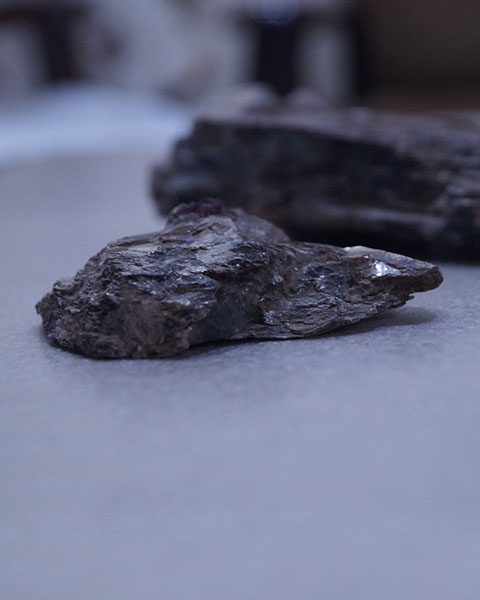
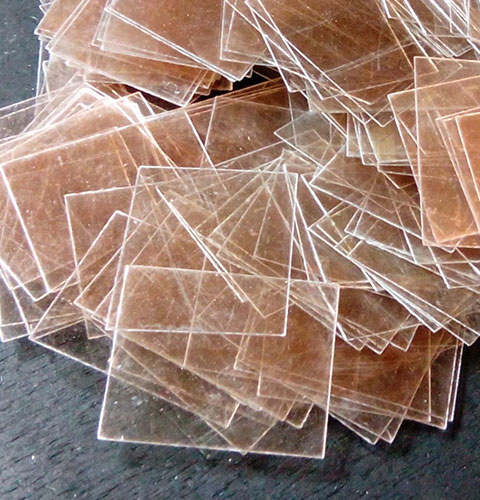
The company has a long-standing trust worthiness for its product quality. With stringent policies and practices, every deliverable is monitored from process start to completion. Since, the finished products have critical applications, quality control is a must and a commitment which is being observed in every step of the manufacturing of SR products.
Muscovite Mica is mined mostly in India, which produces over 75% of the world’s output of high-quality mica sheets. Indian Mica is known for its perfect cleavage, transparency and high dielectric strength and is considered the finest in the world.
Muscovite Mica is very important to the electrical and electronic industries and many other industries. Indian Muscovite Mica is chiefly ruby, green or brown in color, is rich in alumina and potash and low in iron and magnesia. Muscovite Mica is heavier and harder than Phlogophite mica and offers greater resistance to outside chemical influences. Muscovite Mica is almost impervious to atmospheric weathering.
Muscovite Mica has high dielectric strength with the ability to withstand 1000-1500 volts per mil of thickness without puncturing. It possesses a low power factor ( High Q of 0.01 to 0.03 %). It is unaffected by heat up to 700 degrees C (or about 1300 degrees F.). At temperatures above 700 degrees C it begins to calcine and loses its water crystallization depending upon the quality of the mica.
Muscovite Mica may be affected by hydrofluoric acid, but not by other decomposing agents. This mica has an optic axial angle of 70 degrees and has strong double refraction and is optically negative. When viewed from different angles, it exhibits varying colors.
Indian Muscovite Mica is available in two qualities, ruby and green. Ruby Muscovite Mica is far superior to green in respect to its dielectric strength, low power loss (High Q) and other electrical properties. Because of its higher quality, ruby mica is more expensive than green mica of the same visual quality and size. Ruby mica is harder than green mica and it has excellent cleavage which permit it to be split into very thinfilms (.0005” or less) without the risk of cracking.
Green Indian Mica is produced in the state of Andhra Pradesh and usually exported from the port of Chennai in southern India. Green Indian Mica varies in color, from pale to dark brown or green. Green mica is usually softer dun ruby mica and it contains a certain amount of moisture between its laminates. Some green Muscovite Mica is flatter than ruby Muscovite Mica and is valuable for its optical quality in clear sheets. The crystal structure and electrical properties of green and ruby Muscovite Mica under normal working conditions are very similar. Green Muscovite is equally suitable for use in most electrical applications. However, it is not recommended for applications where high dielectric properties and lower power loss (High Q factor) is required, due to its low insulation resistance and variable power factor. At high temperatures, the structure of Green Muscovite is more stable but, less perfect than ruby Muscovite Mica.
Most ruby Muscovite Mica is found in the Indian states of Jharkhand and Rajasthan, but small amounts are also found in the state of Andhra Pradesh. Most Indian Muscovite Mica is exported from the port of Kolkata. Green Indian Muscovite Mica is produced in the state of Andhra Pradesh and usually exported from the port of Chennai in southern India.
Mica is used in different forms by a lot of industries ranging from electronics to cosmetics.
Some of the most popular uses of Mica are listed below:
